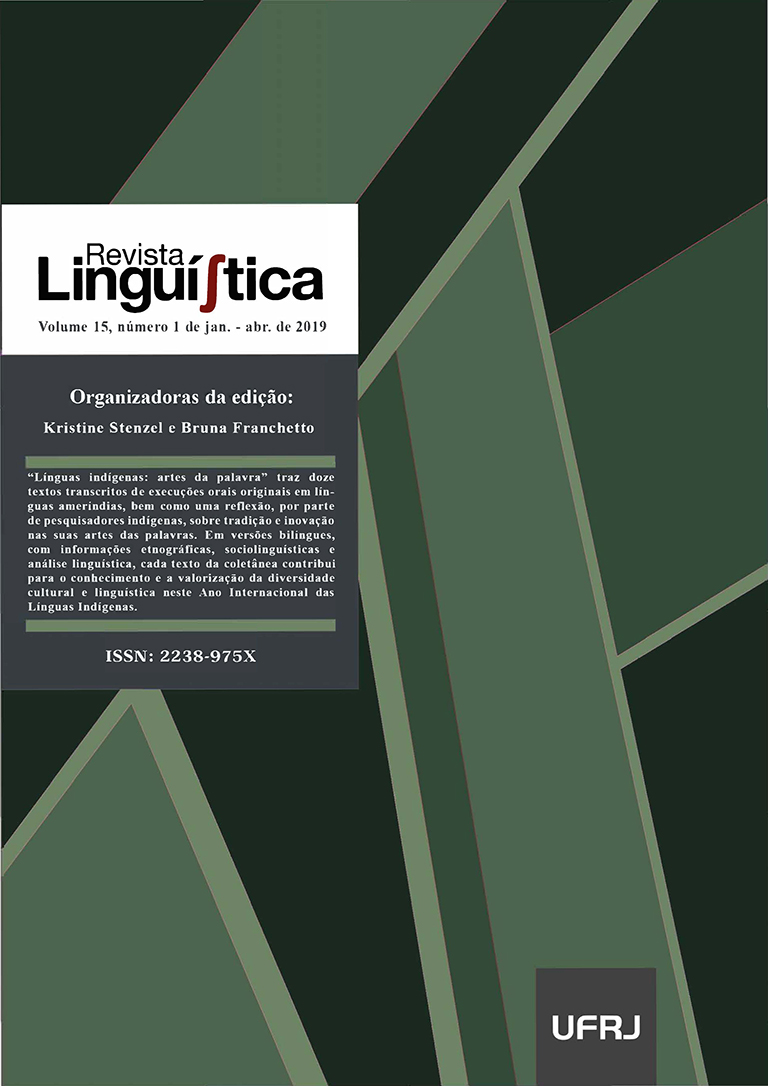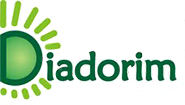Murui - Naie jiyakɨno - The place of origin
DOI:
https://doi.org/10.31513/linguistica.2019.v15n1a25563Keywords:
Murui, Witoto, Witotoan, Caquetá-Putumayo, People of the Center.Abstract
This narrative tells the story of the place of origin of the Murui people. The Murui live in the Caquetá-Putumayo River Basin, which straddles the border of southern Colombia and northern Peru. Their language, Murui (also called bue), belongs to the Witotoan language family. A major theme of the narrative is one of the internal division within the Murui-Muina people (also known as ‘Witoto’) into the Murui and the Mɨnɨka. This story is shared by all the Murui-Muina clans of the Caquetá- Putumayo region. It refers to a common place of origin, the ‘Hole of Humanity’, out of which the groups emerged and became human beings.
---
DOI: http://dx.doi.org/10.31513/linguistica.2018.v15n1a25563
Published
Issue
Section
License
Authors who publish in the Revista Linguí∫tica agree with the following terms:
The authors maintain their rights, ceding to the journal the right to first publication of the article, simultaneously submitted to a Creative Commons license permitting the sharing with third-parties of published content as long as it mentions the author and its first publication in the Revista Linguí∫tica.
Authors may enter into additional agreements for the non-exclusive distribution of their published work (for example, posting in online institutional or non-profit repositories, or book chapters) so long as they acknowledge its initial publication in the Revista Linguí∫tica.

The journal Revista Linguí∫tica is published by the Post-Graduate program in Linguistics of UFRJ and employs a Creative Commons - Attribution-NonCommercial 4.0 International (CC-BY-NC).









